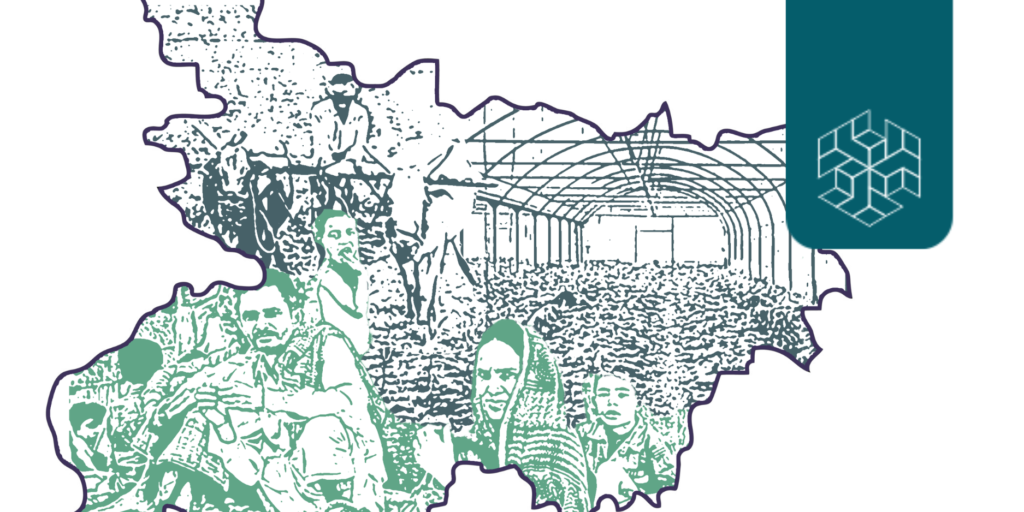Authored by: Apurav Maggu, Siddarth Seem, Anhad Hundal
EXECUTIVE SUMMARY
This paper is an overview of the background, objectives, history, implementation, and challenges of MGNREGS in India. It discusses wage payments, the participation of marginalized communities, yearly budgetary allocation to the scheme and criticisms levied against it since its inception. Further, there are contradictions in the statements made by different administrations, which this paper attempts to address by looking at different data points.
INTRODUCTION
In February 2015, on the floor of the Lok Sabha, Prime Minister Narendra Modi called the MGNREGS a “monument of failures” of the previous Congress-led governments. However, the current Government continued to increase its yearly budgetary allocation by Rs.5-7,000 crore from 2015 to 2019 (ET Online 2019).
Subsequently, in April 2015, the then Madhya Pradesh Chief Minister, Shivraj Singh Chouhan (BJP), termed MGNREGS as “one of the best programmes in independent India”(Mathew 2015). In another press release dated February 2016, the Central Government termed the achievements by MGNREGS in the last decade as a cause of “national pride and celebration” (PIB 2016).
There is a contradiction in the statements made by the same administration and this paper attempts to address it by looking at different data points.
BACKGROUND
The NREGA Act was passed in 2005 with the aim of enhancing the livelihood security of households in rural areas across India. Its mandate is to provide 100 days of guaranteed wage employment in a financial year to every household whose adult members volunteer to unskilled manual labour.
OBJECTIVES OF THE SCHEME
The gazetted document of MGNREGA (2005) outlines the primary objective of the Act as:
“An Act to provide for the enhancement of livelihood security of the households in rural areas of the country by providing at least one hundred days of guaranteed wage employment in every financial year to every household whose adult members volunteer to do unskilled manual work and for matters connected therewith or incidental thereto.” Source: (NREGA Gazette document)
The Ministry of Rural Development (MoRD) also outlines other objectives of the Act, which includes the creation of productive assets by providing wage employment, strengthening the livelihood resource base of rural India, ensuring social inclusion of marginalized groups such as women, SCs and STs, and strengthening the Panchayati Raj Institutions (PRIs).
Its auxiliary objectives included the strengthening of the rural economy, prevention of rural distress, and natural resource management through works that address causes of chronic poverty like drought and encourage sustainable development.



